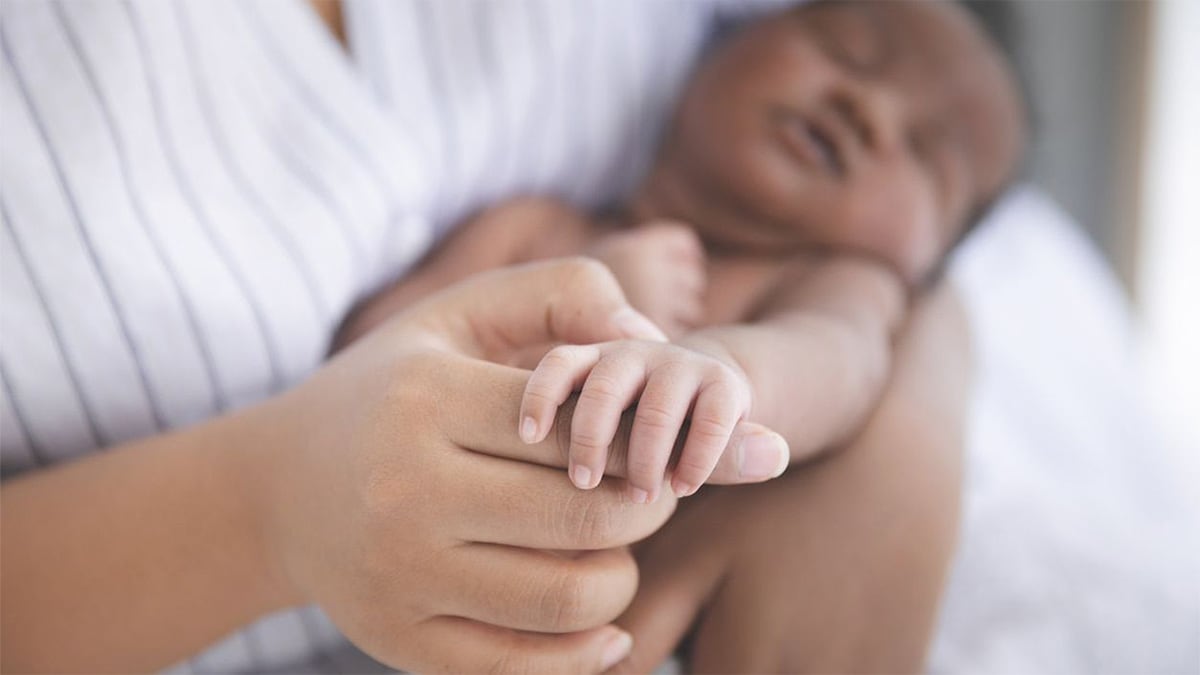Key points
- Neonatal abstinence syndrome (NAS) can occur during a newborn's withdrawal from certain substances they were exposed to before birth.
- Treatment for NAS depends on many factors like type of exposure, infant health, and length of term.
- Families with infants treated for NAS should receive a Plan of Safe Care from the healthcare team.

Treatment overview
Neonatal abstinence syndrome (NAS) conditions result from newborns’ withdrawal from certain substances that they were exposed to before birth. Neonatal opioid withdrawal syndrome (NOWS) is a subset of NAS and is specific to opioid withdrawal during the first 28 days of life.
The American Academy of Pediatrics' (AAP) Clinical Report Neonatal Opioid Withdrawal Syndrome (NOWS) provides guidelines for managing the care of infants with long-term opioid exposure during pregnancy.
Treatment for NAS depends on many factors, including:
- Opioids or other medicines the newborn was exposed to during pregnancy
- Newborn's overall health
- Whether the infant was born full-term (after 37 weeks of pregnancy)
When signs of NOWS are first identified, care that involves and supports the mother is very important. The infant may need treatment with medication if there is no improvement or if the infant develops severe withdrawal.
Other strategies for managing NAS include:
- Placing the infant in a dark, quiet area to lessen both light and sound
- Swaddling the infant
- Gently rocking the infant or using other positioning or comforting methods
- Providing frequent, small amounts of high-calorie formula or breast milk to help with feeding problems
- Allowing the infant to stay in the same hospital room as the mother
Managing NAS with medication
Some babies, especially those with more severe withdrawal signs, may need medications, such as liquid oral morphine or liquid oral methadone, in addition to the other care strategies listed above that do not include the use of medicines. Medicines can help prevent seizures, improve feeding, stop diarrhea, decrease agitation, and control other severe symptoms.
Once the signs of withdrawal seem to be controlled, the dosage of medication is gradually decreased. Babies being treated for NAS with medicines may need to stay longer in the hospital after birth.
Breastfeeding
In general, breastfeeding is encouraged for newborns with NAS. However, sometimes breastfeeding is not recommended. For example, breastfeeding is not recommended if mothers are using illicit drugs, are using more than one drug, or are HIV positive.
For more information, read Neonatal Opioid Withdrawal Syndrome (NOWS) and Clinical Guidance for Treating Pregnant and Parenting Women with Opioid Use Disorder and Their Infants.
After hospital discharge
The discharge plan for infants treated for NAS may include home visits and services, such as parenting support and links to home nurses and social workers. The plan may also include referrals to healthcare workers who know about NAS and are available to the family immediately after discharge.
The American Academy of Pediatrics recommends this simple checklist to help with discharge planning and proper care after leaving the hospital.
Plans of safe care
Families and caregivers with an infant treated for NAS or other prenatal substance exposure should receive a Plan of Safe Care.
The goals of the plan are to:
- Strengthen the family
- Keep the child safe
- Link the family with services in their community
The Plan of Safe Care is individually designed to address the needs for each infant, caregiver, and family. Examples include substance use treatment and available services and support to meet health and developmental needs. Plans can identify agencies within the community that provide services. Plans can also help guide communication and coordination.
